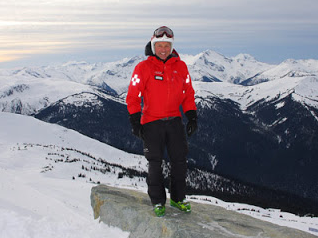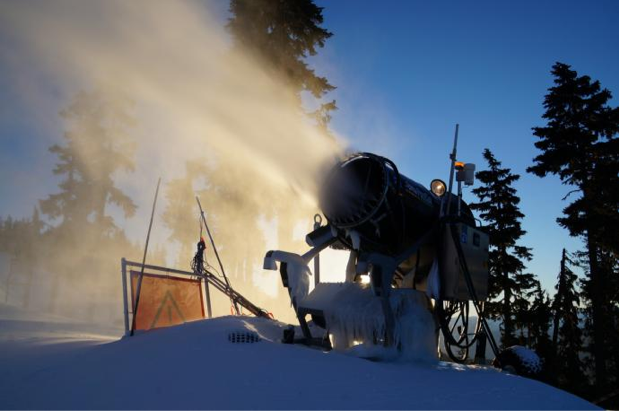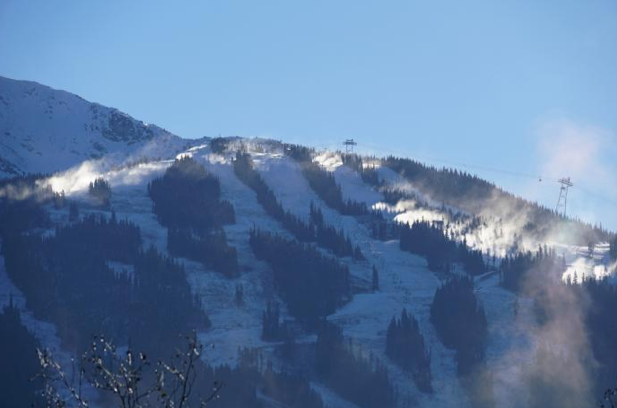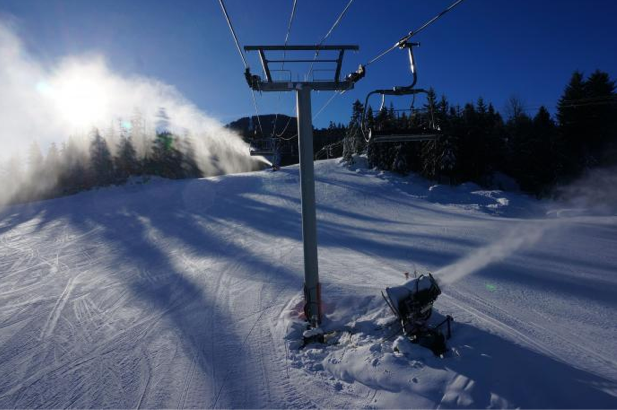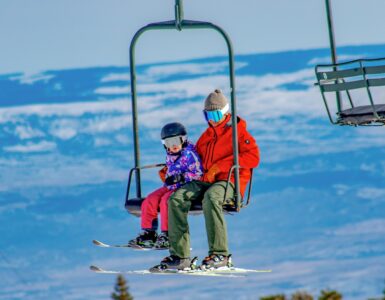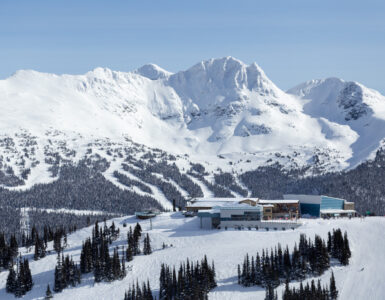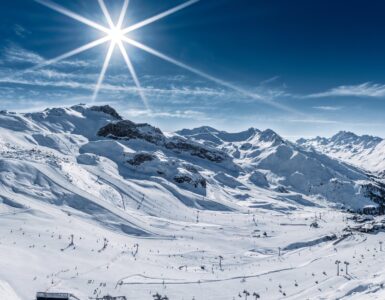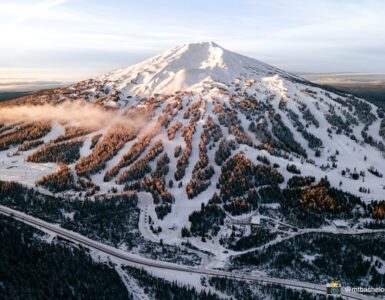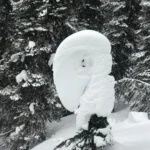Words and photos by Wayne Flann
Climate change has had a significant impact on winter resorts on both a regional and global level. Just look at the altitudinal-dependent natural snow line: it has become more difficult for winter resorts to reliably set scheduled openings, not to mention the challenges of ensuring that there is enough snow coverage all the way to the valley floor. Ultimately, these issues have a real impact on the bottom line, affecting the resorts’ financial vitality.
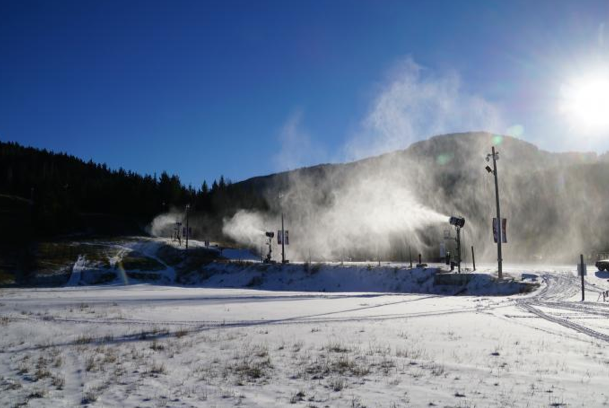
To remain competitive and to provide a reliable season, many winter resorts are making significant investments in snowmaking infrastructure.
Here on the south coast of British Columbia, the past two winter seasons have been plagued by La Nada—dry, cold weather with the occasional storm in the mix, resulting in a below-average annual snowfall. Whistler Blackcomb has relied on a hard working snowmaking team, allowing the resort to achieve seemingly impossible early openings. Whistler Blackcomb’s snowmaking operations have made it evident that snowmaking is key to the future of delivering a good product to winter sport enthusiasts.
We are currently in a weak El Nino cycle, which usually brings warmer temperatures and less precipitation. To further complicate the weather, we have had two successive super typhoons: Typhoon Vongfong and Typhoon Nuri. Typhoon Vongfong certainly delivered, with moisture and a higher than normal freezing level. Typhoon Nuri then provided a blessing: cold, dry air pushing into the area allowed Whistler Blackcomb’s snowmaking team to work their magic.
The crew in Whistler has been hard at work since October 26, blanketing many runs with a solid coat of snow. During a recent cold spell, 140 snow guns were running on Whistler, while another 100 blew snow on Blackcomb. So far this season, more than 60,000,000 gallons of water have been converted into snow on the mountains – that works out to about 300 US football fields, each covered in a foot of snow.
The pattern is now changing: it looks like we will be moving towards a more typical westerly to southwesterly flow with seasonable temperatures next week. Thanks to a hardworking team of 24 snowmaking staff members, combined with the efforts of millwrights, maintenance, and supervisory staff, Whistler Mountain will be opening on November 22, nearly a week ahead of schedule.
—
About Wayne (quote from Mountain Life Magazine via Wayne’s Avalanche Blog):
If you are a skier, rider, heli-dropper or sledder who frequents any part of the Sea to Sky backcountry, this is the man you should be listening too when it comes to your safety. Wayne Flann knows a thing or two about avalanche safety. The 30-year veteran of the Whistler Blackcomb ski patrol is a Professional member of the Canadian Avalanche Association, a Level 2 Canadian Ski Guides Association member, Field Rescue Leader for Whistler Search & Rescue, Licensed Paramedic, Long Line Rescue Technician since 1986 and Safety consultant for the film industry for the past 28 years.
Because he cares about the safety of people who venture out into the winter wilderness, Flann started his own blog in the fall of 2011, and has been hard at work since. He posts almost daily in the winter on avalanche activity throughout the Sea to Sky and other regions of the world. “I started the blog to get out snow pack information that I felt was pertinent for the early season conditions,” says Flann. “Had lots of positive feed back so I tried to also instill some knowledge and keep readers abreast to any trends or interesting news in the avalanche world.”
Click here to view the Wayne Flann Avalanche Blog, Sharing topics on Avalanches in Whistler, the Sea to Sky Corridor and around the Globe.
